
Tags: history
<< previousnext >>I recently had the opportunity to visit the Center for Computing History in Cambridge, England. Since it turned out to be one of my favourite museums ever, I wanted to document the experience and encourage people to go see it if they can. My motive is selfish: I want it to be successful so I can return some day!
The Center has a large collection of computers, from ancient arcade machines, to videogame consoles, to 80s office computers. Most of them are running and interactive. As such, it's accessible and fun even for non-techies.

In the lobby, visitors are greeted by a room-filling computer called the Megaprocessor. It was hand-assembled using finger-sized transistors, and the state of each transistor is shown by LEDs. Theoretically, you can watch binary addition unfold before your eyes! I didn't understand the architecture of the computer at all, but it was still cool to see, and you can play Tetris on it.
In a side room there's a selection of computers from the 80s. The interface for many of them is a keyboard and a BASIC terminal, rather than the graphical user interfaces and mice that we're used to today. I wrote a FizzBuzz-like BASIC program on one of the computers, with the aid of a bulky instruction manual.
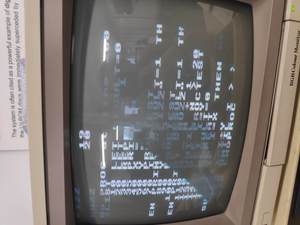
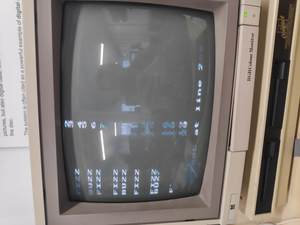
I think the monitor is CRT-based, which could be why the screen appears to be faded. If that's the case, my camera picked up on the rapid refreshing of the screen that our puny human brains are too slow to perceive.
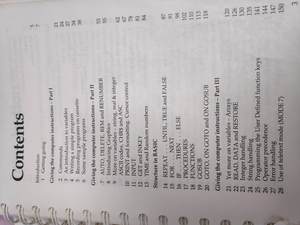
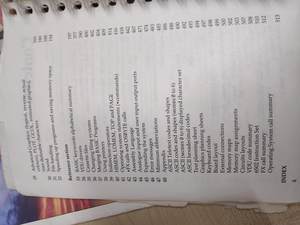
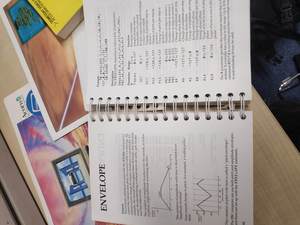
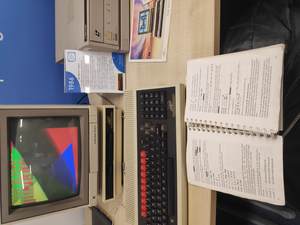
Here's a transcription of the BASIC program I wrote:
10 LET RESULT=0
20 LET N=1
30 REPEAT
40 X=N
50 Y=3
60 PROCTEST
70 IF RESULT=1 THEN PRINT "FIZZ"
80 Y=5
90 PROCTEST
100 IF RESULT=1 THEN PRINT "BUZZ"
110 N = N + 1
120 UNTIL N > 20
130 DEF PROCTEST
140 LET I=Y
150 RESULT = 0
160 REPEAT
170 IF I=X THEN RESULT=1
180 I = I + Y
190 UNTIL I > X
200 ENDPROC
This BASIC dialect is surprisingly advanced, and allows the definition of procedures & functions (with arguments!). In my ugly implementation, however, everything gets passed around through global variables. Woops. There was an even worse prototype that had GOTOs everywhere.
The development process is interesting. At least, it's interesting for someone who didn't cut their teeth programming at a BASIC REPL. Here are some key points:
This computer's version of BASIC has built-in support for graphics and music programming. SuperCollider and p5js, watch out! There was another computer nearby that had a voice synthesizer, which was fun to mess around with.
The final room, and the largest one, is the gallery, which is like an aircraft hangar full of computers, arcade machines, and exhibitions. As in the other rooms, most of the machines are interactive. My favourite part was probably the game consoles, ordered by release date and accompanied by a history of the games industry. All of the consoles were playable! I got to play Mario games on the NES and SNES, Sonic on a Sega, and Crash Bandicoot on a Playstation!




There are much older machines on display, but the game consoles resonated the most for me because they've seeped into my consciousness from popular culture.
They have a Mac that belonged to Douglas Adams. They couldn't recover any files from the hard-drive, unfortunately.
They also have the original (clay?) model of the Creatures game world, which was photographed / scanned to create the game assets! (That's a link to an awesome video about the AI in Creatures).
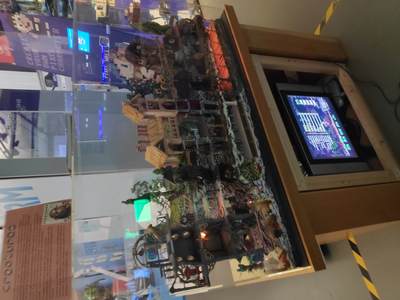
10/10 museum experience. I would highly recommend checking it out if you ever find yourself in that part of the world.
I'd be happy to hear from you at galligankevinp@gmail.com.